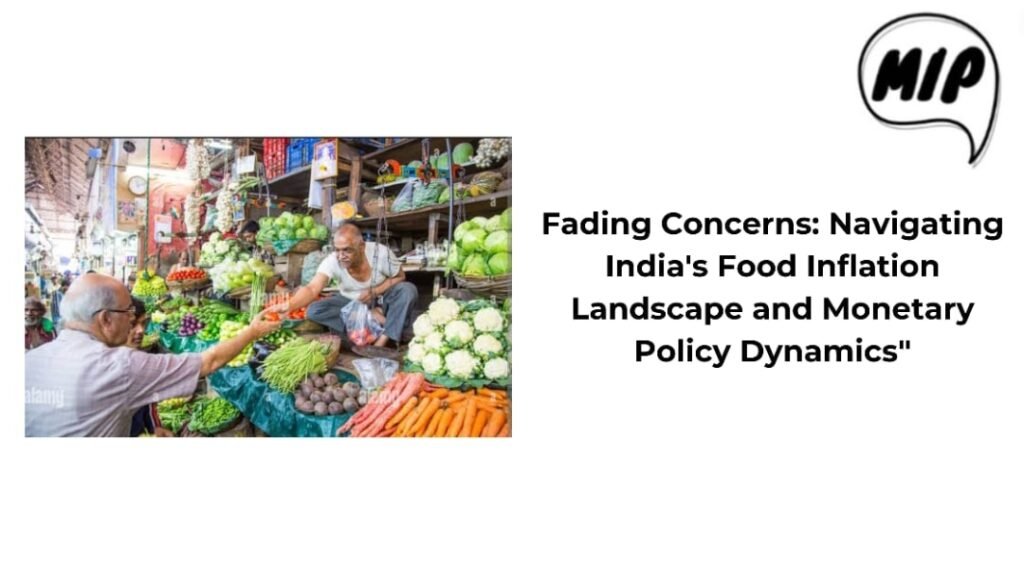
Food inflation in India is expected at manageable levels over the coming months, despite concerns following preliminary data on summer harvest, winter plantings, and reservoir levels, HSBC Global Research said in a report on Friday. This has been attributed to improved supply-side management and imports.
The report, titled India Economics Comment: The fog of food prices, also highlighted the likelihood of muted rural demand putting fiscal pressure on the government ahead of elections.
Retail inflation in India, which had climbed to a 15-month peak in July, moderated to 5.02% in September, aided by softening food prices. The surge in July food inflation to 11.5%, a three-year record, has since tempered to 6.56% in September.
According to a Mint poll of 17 economists, India’s retail inflation likely cooled to 4.8% in October, continuing the trend of easing food costs. Official inflation numbers are expected early next week.
The recently released first advance estimate of the Kharif crop production is understandably weak. Total food grains production is down 4.6% from last year’s final estimates, with pulses and rice contracting by 6.6% and 3.8% respectively, the report said.
“We remain particularly watchful of cereal prices – mainly rice and wheat – which make up 20% of the food basket. In fact, we find that cereal inflation shocks are more salient, and can even spillover into core, peaking in about eight months, while vegetable inflation shock tends to peter away quickly,” the report added.
Despite a downward trend, retail inflation has remained above the 4% mark, which the Reserve Bank of India (RBI) has indicated as a threshold for rate cuts. The RBI has maintained the repo rate at 6.5% since February, suggesting a cautious monetary stance.
Moody’s anticipates the RBI to hold rates steady until the US Federal Reserve moves on its rates. The Fed has maintained its policy rate but has not ruled out future hikes.
“Ample reserves, solid domestic growth and largely contained inflationary pressures offer the central bank (RBI) maneuverability of monetary policy calibration,” Moody’s Investor Services said in a report.
However, given elevated external risks, the RBI is likely to keep interest rates high, it added.